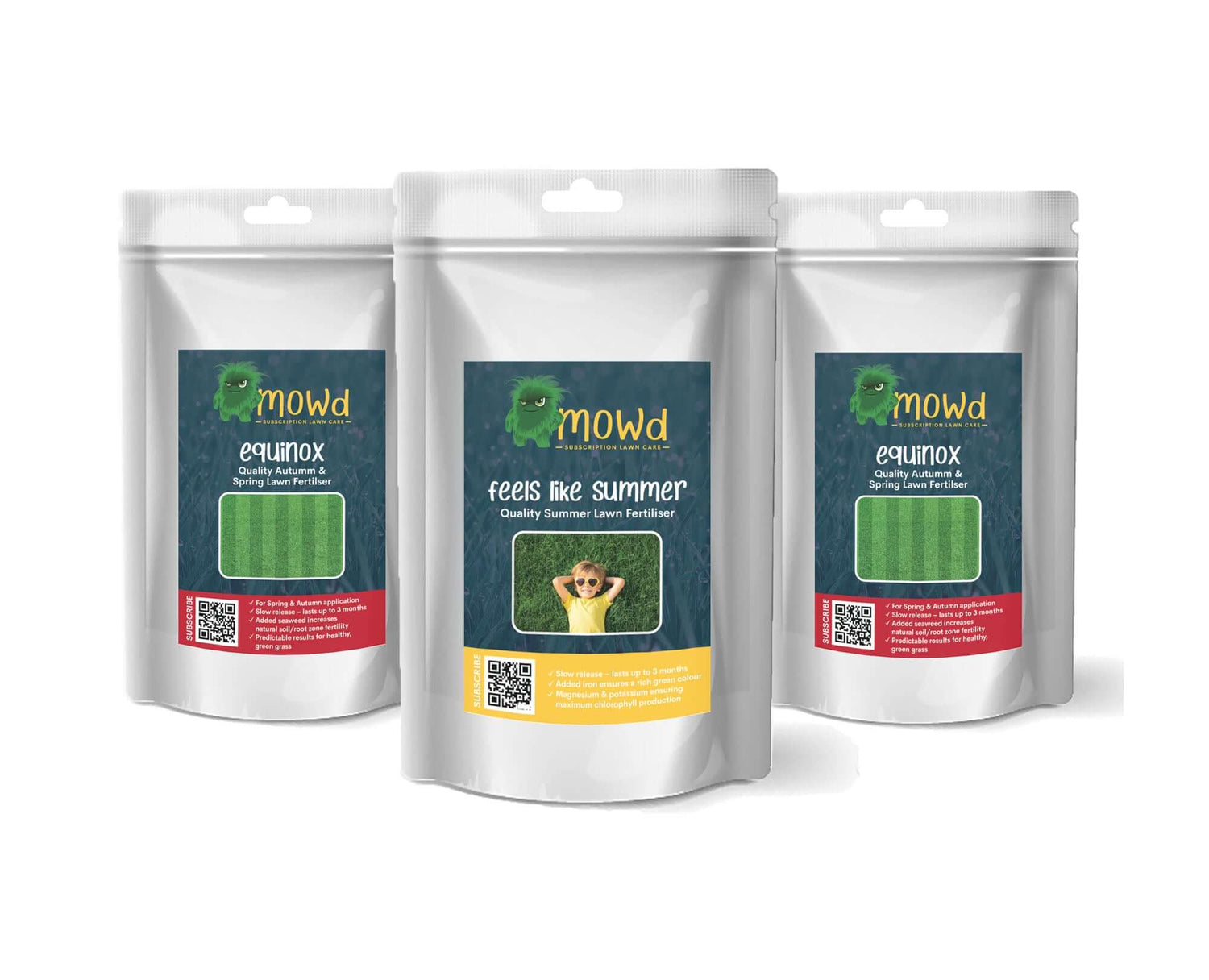

How and Why to SCARIFY Your Lawn

What is Scarifying? 🌱

Why Should You Scarify Your Lawn? 🌼
When is the Best Time to Scarify? 🌞

Tools for Scarifying Your Lawn ⚒️
1. Scarifying Rake 🪚

2. Electric Scarifier ⚡

3. Petrol Scarifier ⛽

How to Scarify Your Lawn: Step-by-Step Guide 📝

Additional Tips for Effective Scarification 💡

Conclusion: Achieving a Thriving Lawn 🌳
Join the Mowd Club!
More from Mowd
Title

Title

Title

Title

